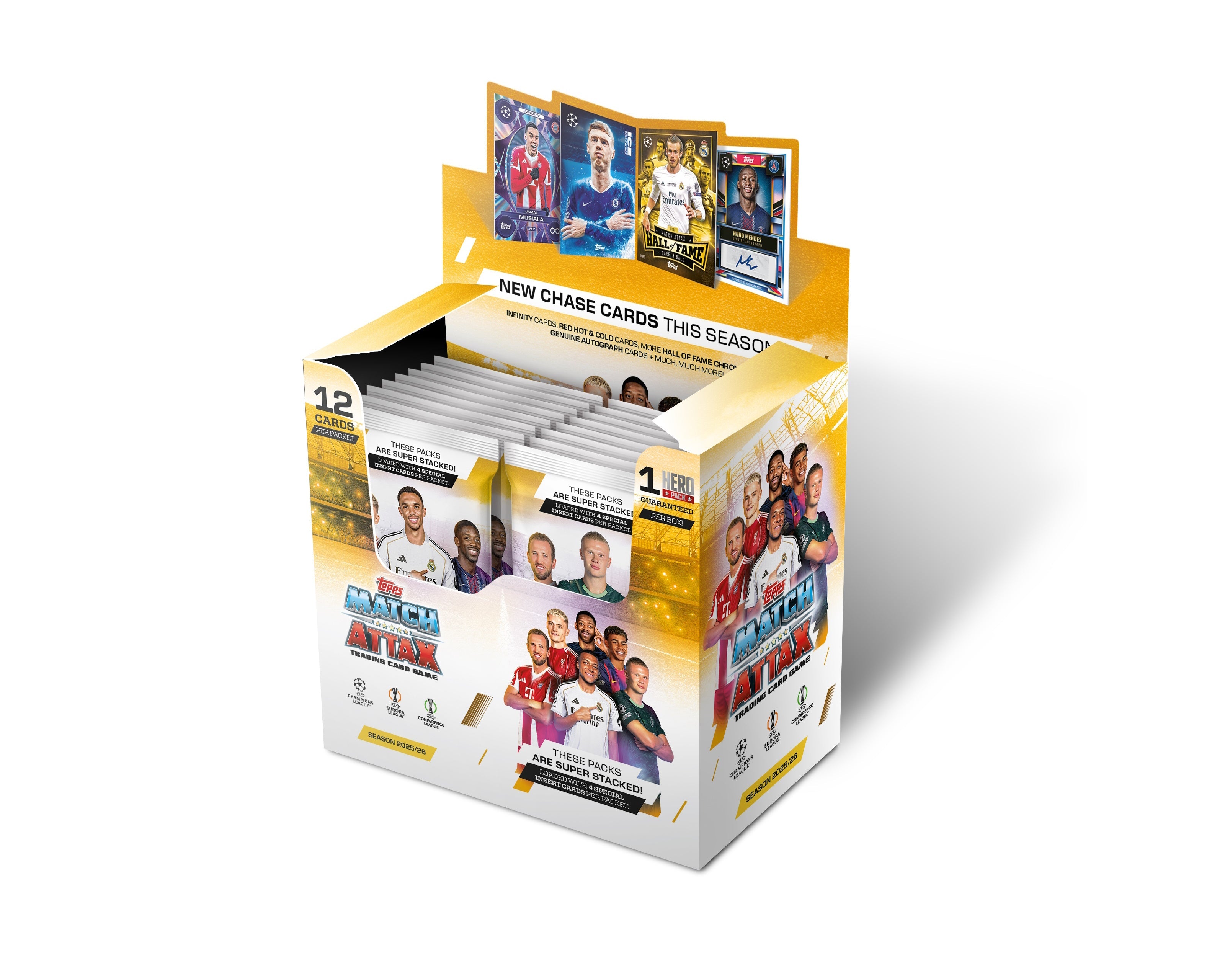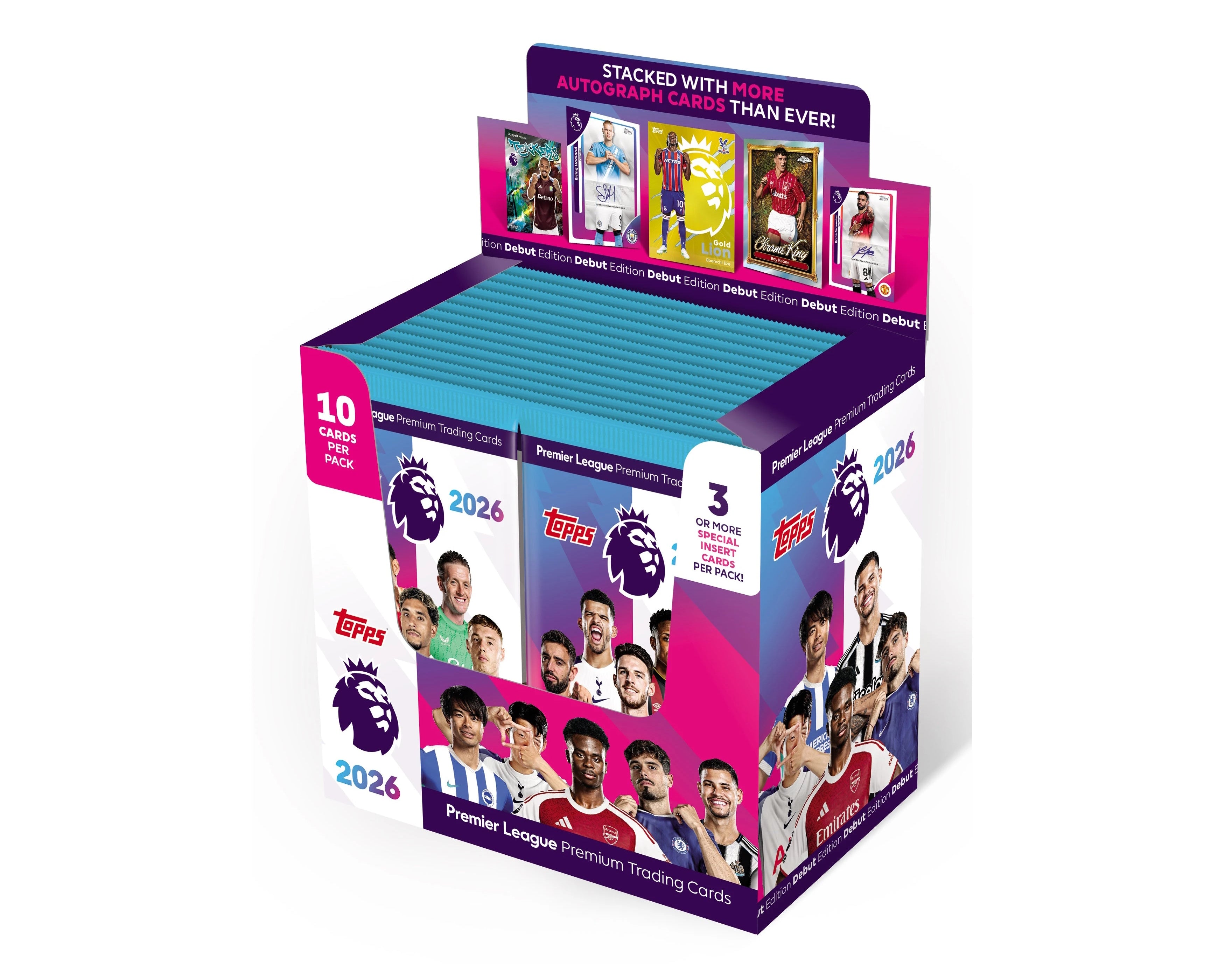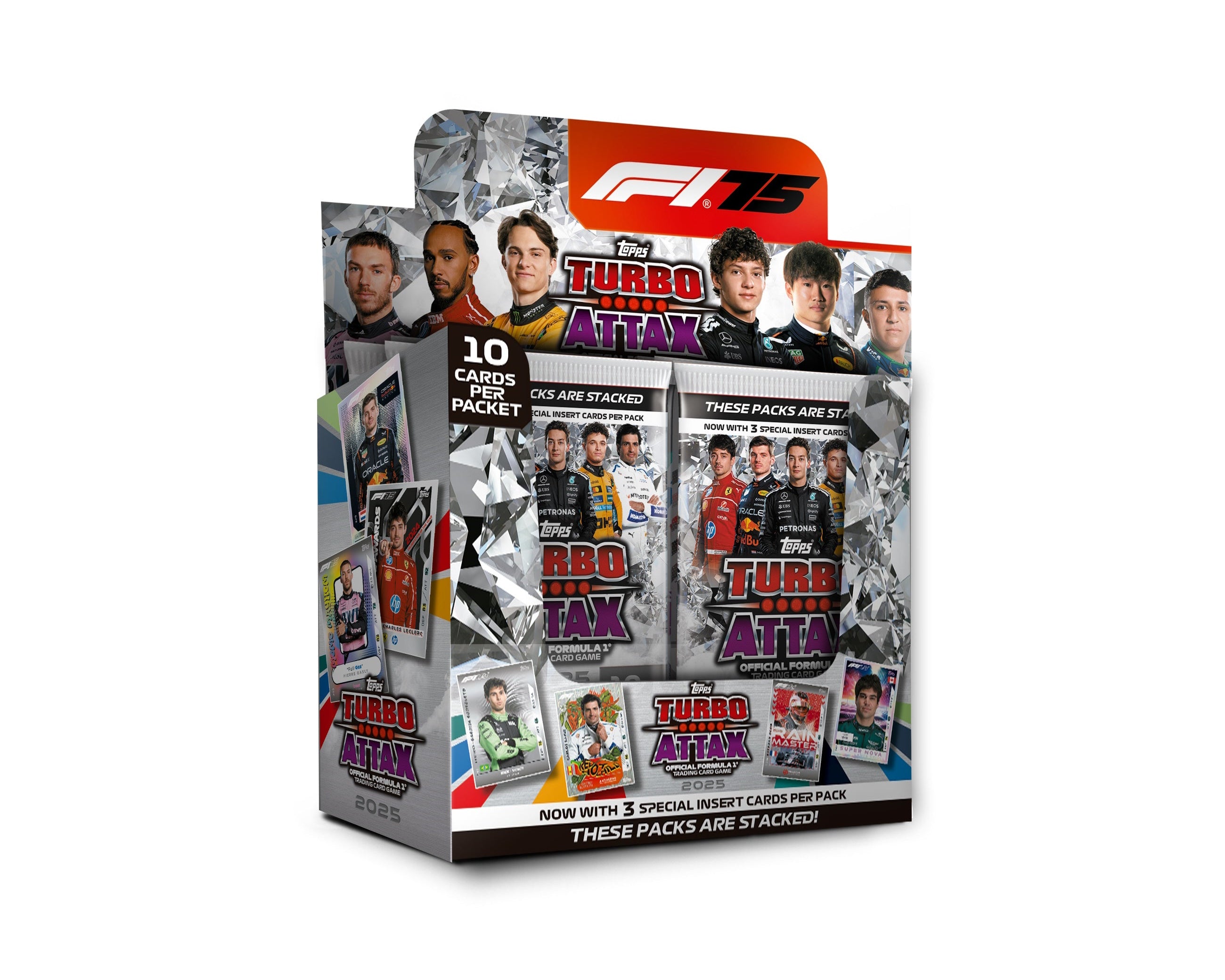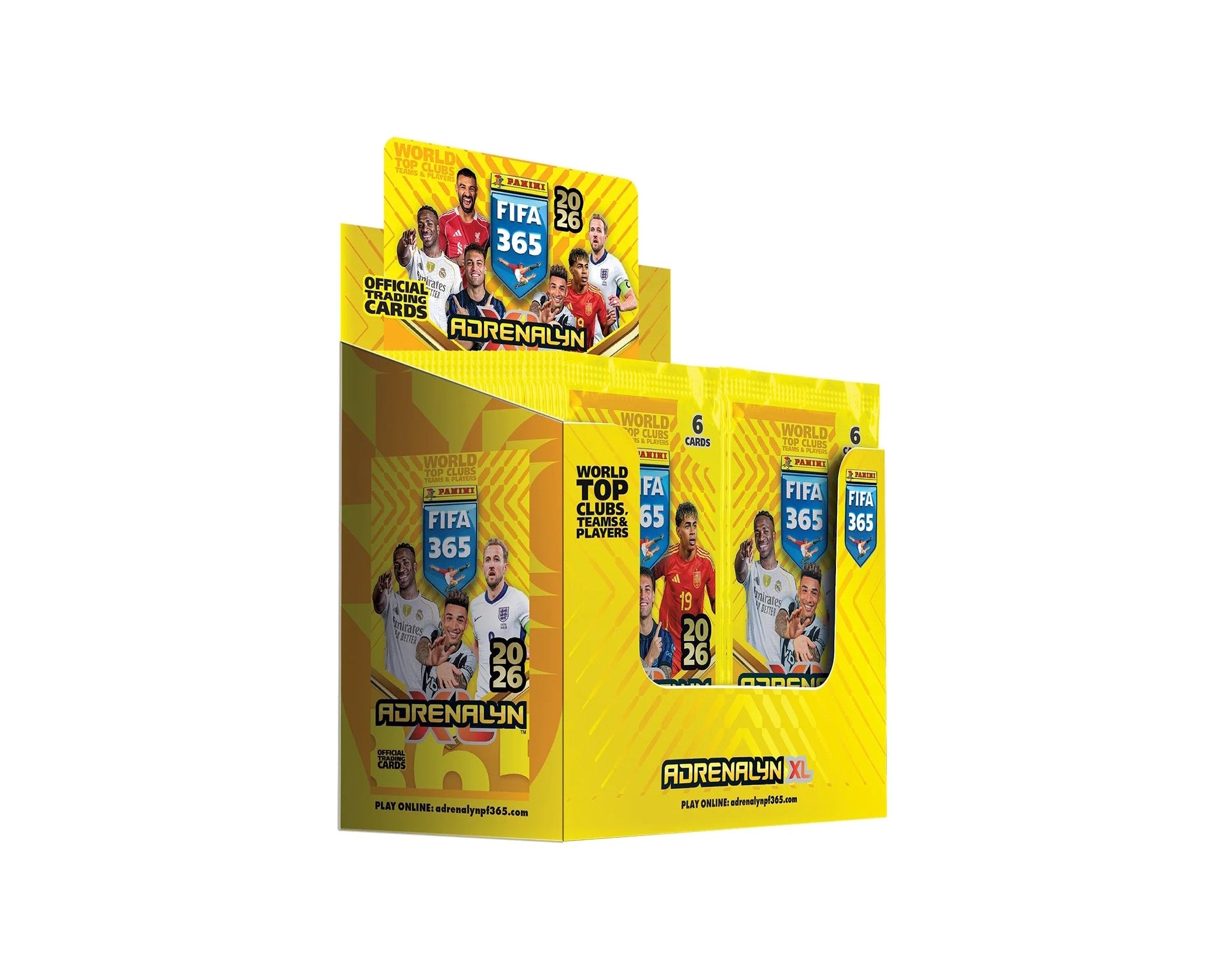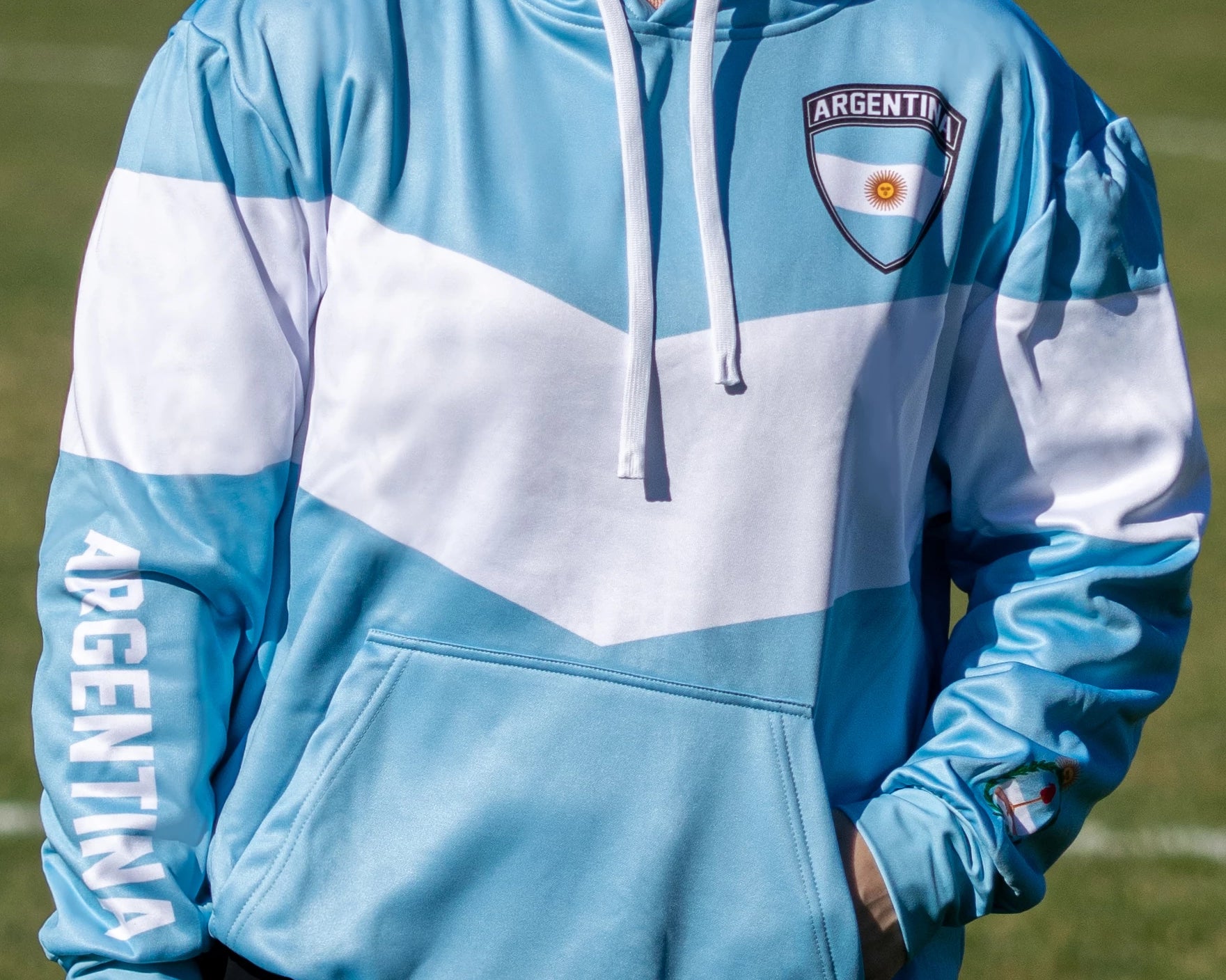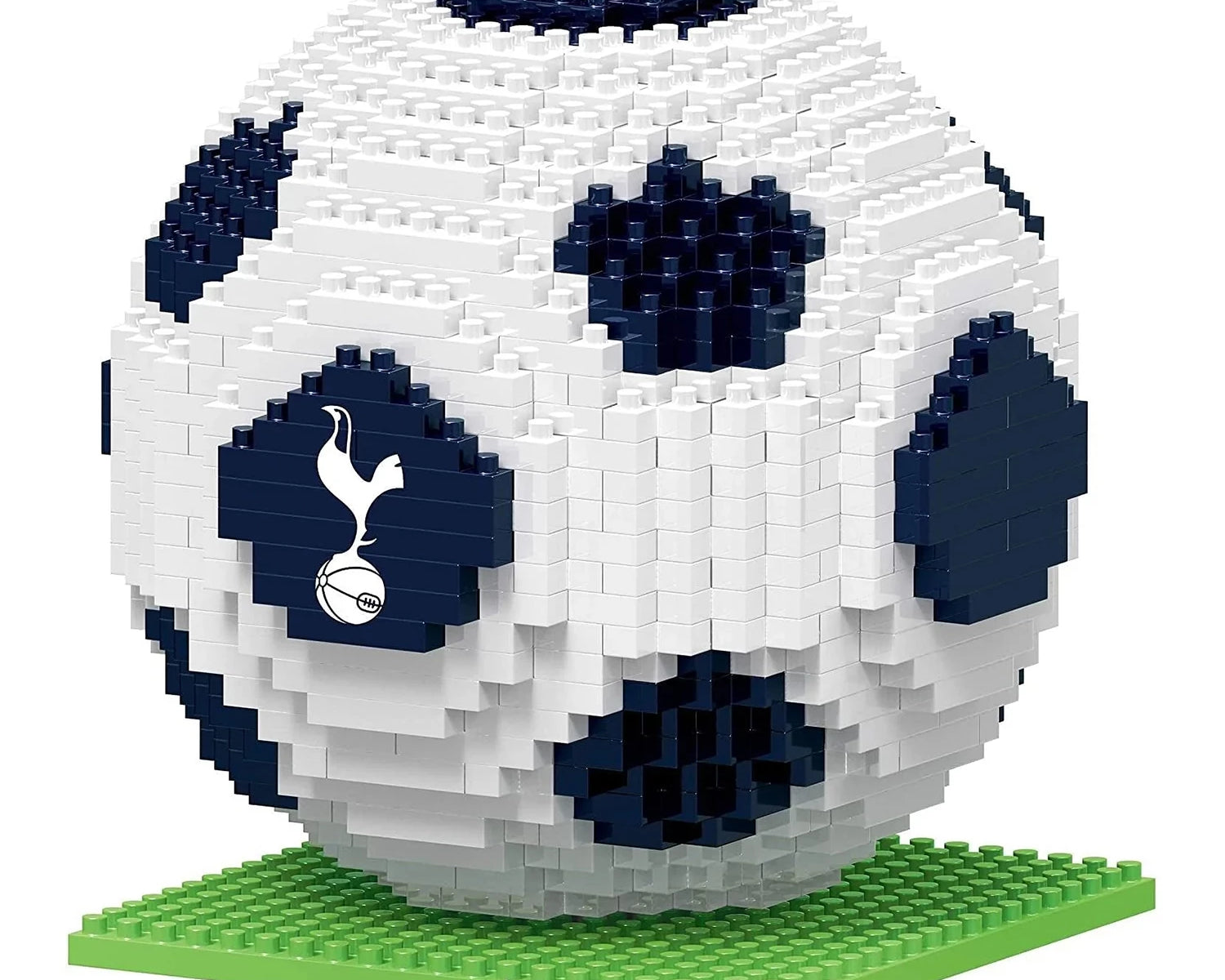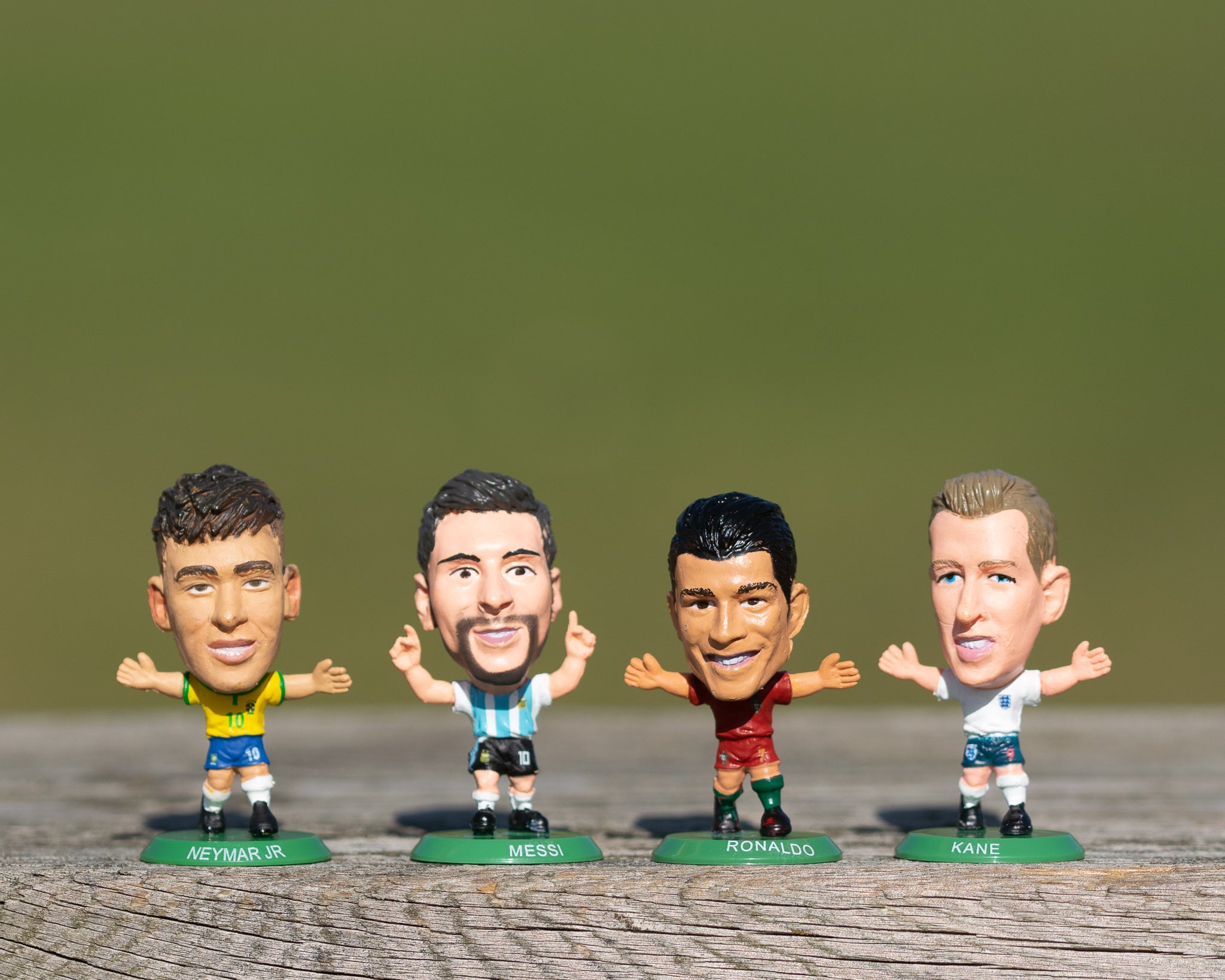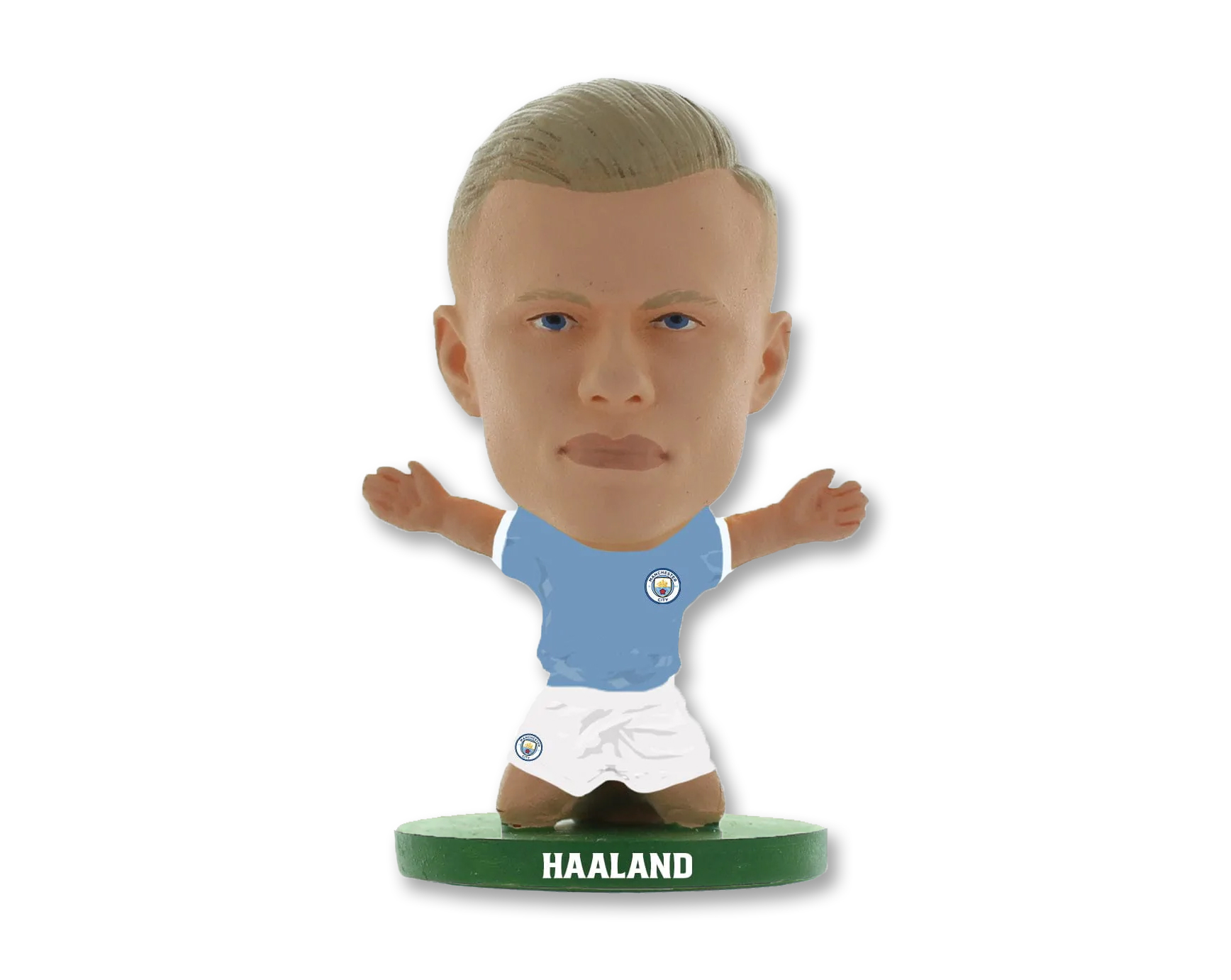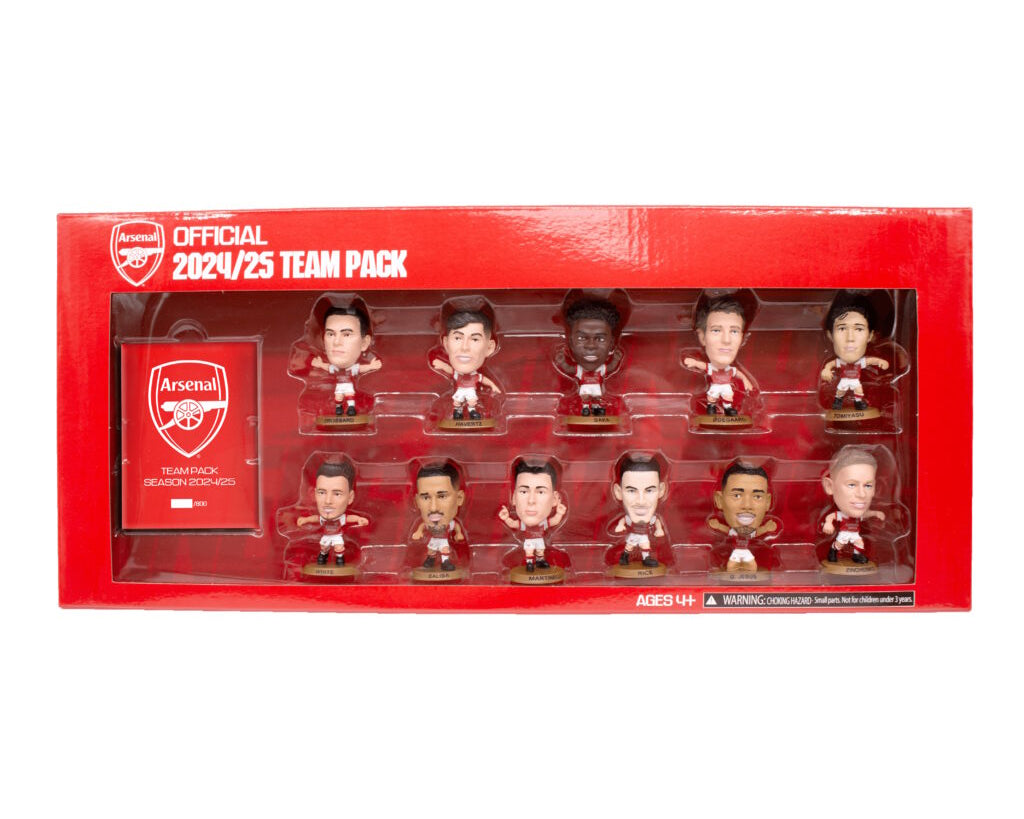How to Choose the Right Soccer Cleats for Your Game
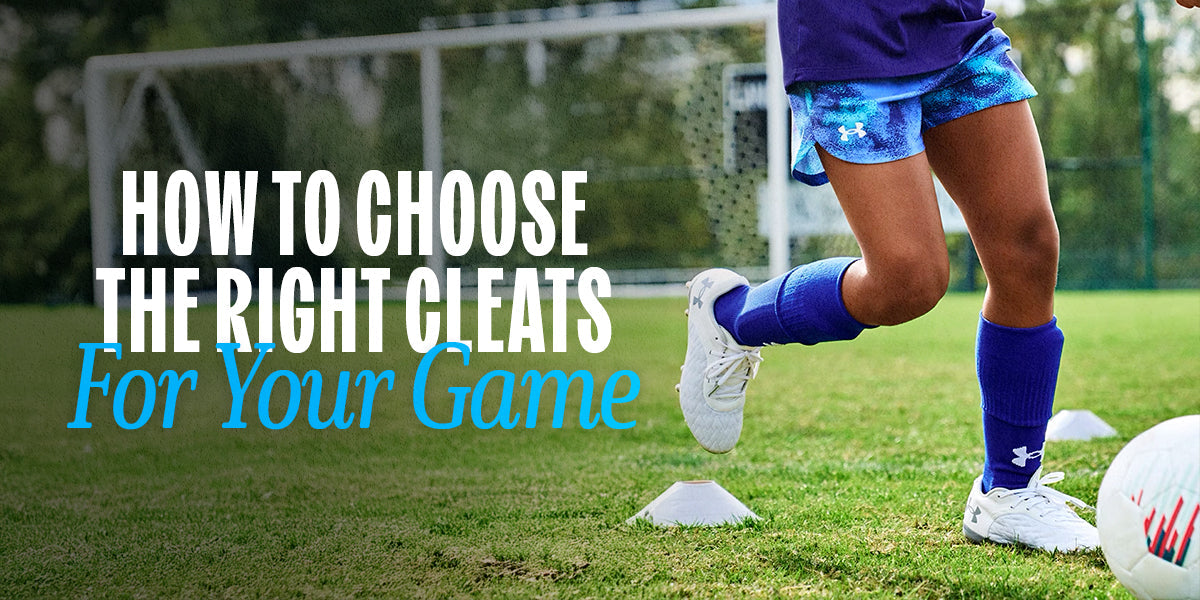
Finding the right soccer cleats isn’t just about style, it’s about comfort, surface type and how you play! In fact, when it comes to soccer, your cleats can have a huge impact on how you move, play, and perform overall on the field. Whether they’re Firm Ground cleats, Artificial Ground cleats, Soft Ground cleats or even soccer shoes made for indoor surfaces, each shoe has unique advantages specifically for the field you’re playing on. With so many different styles to choose from, it may feel overwhelming to decide which ones are right for you. Finding the perfect pair is simple when you know what to look for. Our footwear experts have created this guide on how to choose the right soccer cleats so you can take your game to the next level and play with confidence. We’ll walk you through the differences between various soccer cleats and shoes, highlight key features, and help you choose the best soccer cleats for your game!
Know Your Field Surface

The first and most important thing to consider when choosing soccer cleats is the surface you play on most. Soccer’s played on a few different surfaces like natural grass, artificial turf, and indoor courts. The type of cleats you need will depend on the surface, as each type is made with different types of studs or soles. For example, soccer cleats with longer studs are ideal for playing on natural grass, while shorter studs work better on artificial turf. If you aren’t wearing the right cleats for the surface you’re playing on, it can make it difficult to grip, increase the risk of injury, and wear out your cleats faster! Let’s break down the different types of cleats based on surface:
Firm Ground (FG) Cleats
Firm Ground (FG) cleats are the most common and are made for natural grass fields that are dry and solid. If you play on outdoor grass fields most of the time, FG cleats are your best bet! Built for speed, traction and stability on natural grass fields, they’re made for outdoor play. Their studs are typically conical or bladed, designed to give grip and stability without digging in too much. Perfect for most outdoor players!
Artificial Ground (AG) Cleats
If you usually play on artificial turf or synthetic grass, go for Artificial Ground (AG) cleats. They have shorter, more circular studs that are designed to handle the harder surface of turf and distribute weight more evenly. It’s not recommended to wear Firm Ground cleats on artificial grass as the longer studs can pierce the shallow surface too easily and increase your risk of injury!
Soft Ground (SG) Cleats
Soft Ground (SG) cleats are very similar to FGs, except the studs are even longer and fewer for added traction on rain-soaked or muddy fields. The studs are often metal-tipped or detachable and are commonly referred to as “metal soccer cleats” for this reason. The removable studs can be customized for various playing conditions and field types.
Turf & Indoor Soccer Shoes
When it comes to hard-flat turf fiends that have carpet-like grass or gym-style indoor courts and asphalt, you’ll need shoes that don’t penetrate the ground like cleats do. These shoes are designed with short rubber nubs or flat insoles to give you grip and control, as well as more cushioning for comfort. You can even wear indoor soccer shoes more casually off the field, just like your everyday kicks!
Determine Your Position & Playing Style

Another factor to consider is your playing position. Different positions require different types of cleats. Comfort should be your top priority when picking your soccer cleats. If your cleats aren’t comfortable, you can’t perform as well. That said, some cleats are also made with certain positions in mind. The next step is to determine your role on the field so you can choose the best cleats for your position and playing style:
Forwards
Speed cleats are typically geared toward forwards and strikers, as they tend to be the faster players on the field. They’re usually lightweight and offer a ‘barefoot touch’ on the ball. Some examples of great cleat options for forwards are Nike Mercurials or Adidas X.
Midfielders
Control cleats are designed for the play-making midfielder. They offer slightly more padded touch and a bit more protection than speed cleats. They tend to run slightly wider for a more comfortable and natural fit on your foot. Cleats like the Adidas Predator or Puma Future are great options for this.
Defenders
Defenders are more about personal preference compared to the other positions. Some defenders prefer speed cleats to stay light and agile on their feet, while others prefer leather for more protection. Depending on what you want to gain from your cleats, some strong options for defenders are Nike Tiempo Legend or Adidas Predator.
Goalkeepers
Goalkeepers often prefer specific cleats that offer a combination of control, comfort, and durability. A pair that allows quick side-to-side movement and solid footing when diving or jumping is best. Some popular options include the Nike Tiempo, Adidas Predator, and Puma Future lines. Many goalkeepers also enjoy the classic fit of the Adidas Copa Mundial.
Choose The Right Material

Soccer cleats are made from different materials that affect how they feel, fit, and perform. Some materials include leather, synthetic and mesh, and each material has its pros and cons:
Leather cleats (like kangaroo or calfskin) are durable and comfortable. They’re a classic choice for players who appreciate tradition and mold to your foot over time. However, they’re usually on the heavier side and may wear out faster in wet conditions. They can also be extremely expensive and take time to break in.
Synthetic cleats are lightweight and often cheaper than leather ones. They typically include new technologies including texture variations for a better grip on the ball, with little break-in required, and perform great in all weather conditions. The con is they’re not as durable as leather cleats and don’t mold to your foot as well.
Mesh/ Knit cleats (like the ones seen in sock-style cleats) are breathable and offer a barefoot-like feel that the others are lacking. They wrap around your foot for a seamless sock-like fit and are incredibly lightweight allowing faster movement. The downside is they’re not as durable or protective as leather or synthetic cleats and can soak up water and dirt easily.
Get The Right Fit

Getting the right fit when it comes to soccer cleats can make or break your game. No matter how great the cleats look or how well-reviewed they are, if they don’t fit your feet properly, they’ll hurt your performance and your feet. When trying on soccer cleats, it's important to make sure you wear the same type of socks you plan on wearing when playing. The cleats should fit snugly but not too tight. Your toes should not touch the front of the cleats, and there should be enough space for your feet to move comfortably. There should also be no slipping at the heel. Another tip is to always break them in before game day to avoid getting blisters!
Don’t Follow the Trends

Picking out the perfect pair of soccer cleats is an entirely personal experience. Everyone’s feet are different and we all have unique needs that can only be met if we take the necessary steps above. It’s important to take what your favourite pro players are wearing with a grain of salt. While style and inspiration can be fun, just because cleats are trending doesn’t mean they're right for you. Be sure to test multiple pairs, read plenty of reviews, and even talk to other teammates who have a similar role on the team before investing in soccer cleats!
- Tags: LIFESTYLE
0 comments


